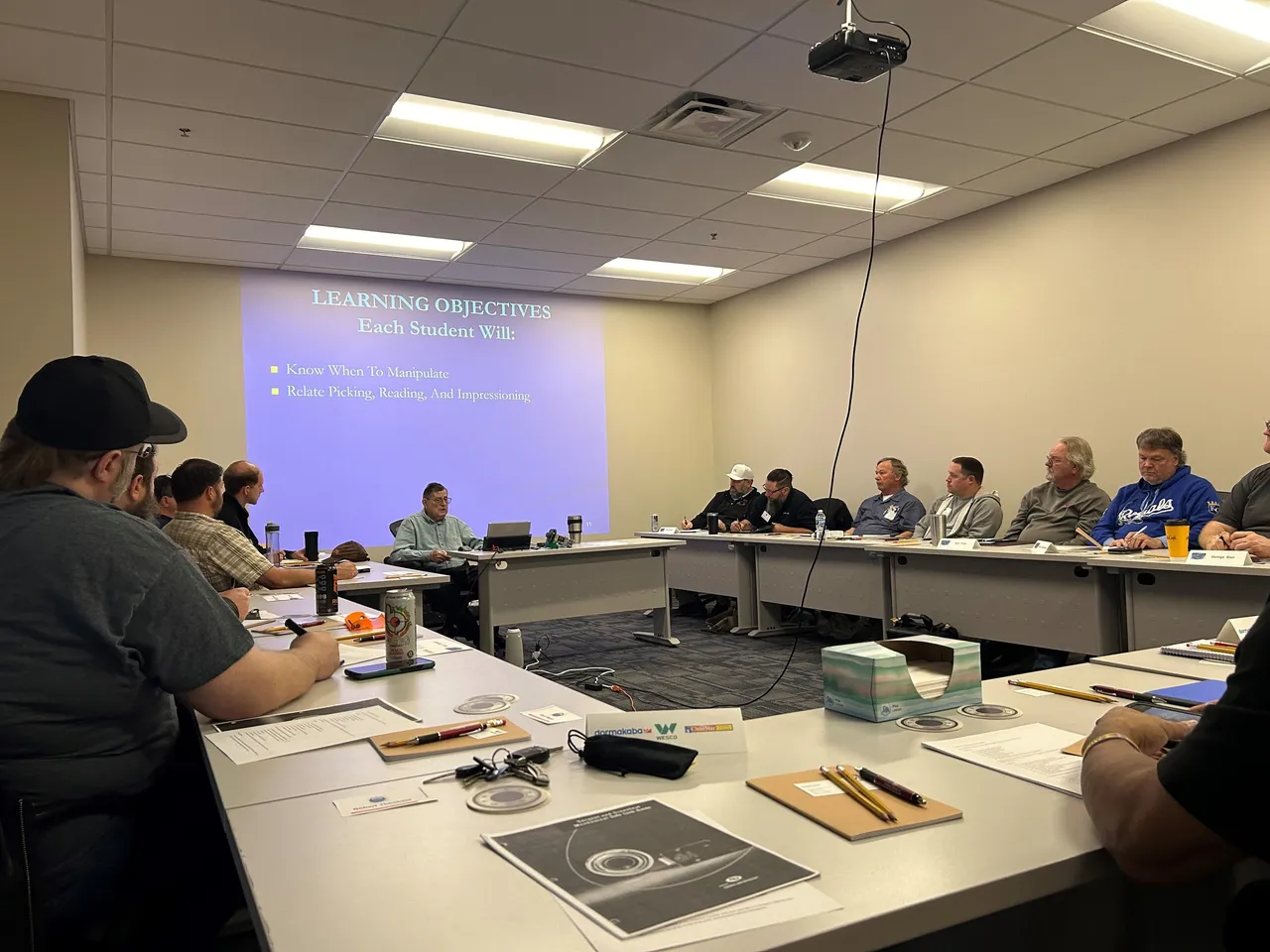As a security professional, you’re already an expert at identifying weaknesses others miss. You know how to think like a bad actor – whether it’s spotting a poorly installed deadbolt or understanding how someone might bypass a lock. But in today’s world, some of the biggest break-ins don’t happen with crowbars or bump keys. They happen through emails, fake login pages, or a single reused password.
The truth is, cybersecurity has become just as important as physical security – especially for those of us who work with sensitive tools, knowledge, and clients. So whether you’re securing your own business or helping others level up their protection, here’s a digital playbook built just for you.
Think Like a Hacker – Digitally
Your mindset is already your biggest asset. In cybersecurity, it’s all about identifying the “weak locks” in someone’s digital world. Unfortunately, there are a lot of them.
Here are a few common ones we see all the time:
-
Reused passwords across multiple accounts. Once a hacker gets one, they try it everywhere.
-
Outdated software or operating systems that haven’t been patched – basically wide-open doors.
-
Unsecured Wi-Fi (especially in public places), which lets attackers spy on or intercept data.
Quick Wins:
-
Use a password manager like Bitwarden or Keeper Security to create and store strong, unique passwords.
-
Turn on multi-factor authentication (MFA) for your email, banking, and any work-related accounts. This adds an extra layer even if a password gets stolen.
-
Set all your devices to auto-update so you’re always protected with the latest patches.
Locking Down Your Business (Even If You’re a Solo Pro)
Whether you run a full-blown operation or you’re an independent consultant, your digital life holds a lot of value – client data, contracts, payment records, personal files. And it’s all worth protecting.
Here’s where to start:
-
Backups matter more than you think. Ransomware, accidental deletes, hardware failures – any of these can wipe you out if you’re not prepared. Use a secure cloud backup solution that runs automatically.
-
Watch out for phishing. Most cyberattacks start with a convincing-looking email or text message designed to trick you into clicking a bad link or handing over credentials. Slow down, double-check, and when in doubt – don’t click.
-
Secure your business email and website. That means using a custom domain (not @gmail), setting up SPF/DKIM/DMARC records for email authentication, and using HTTPS and firewall protection for your website.
Bonus tip: If you’re hosting sensitive materials or training videos, don’t just rely on YouTube or public platforms. Look into private hosting or password-protected access options.
People Are Still the Weakest Link
Even with great tools, human error is still the #1 cause of breaches. And that includes us security folks, especially when we’re in a hurry.
Here’s how to protect yourself from yourself (and others):
-
Separate work and personal accounts. Don’t mix credentials, and never share login info – even with a trusted partner.
-
Limit access to what people actually need. If you have staff, contractors, or collaborators, set up permissions so one compromised account doesn’t take down the whole system.
-
Educate your team – or yourself. Cybersecurity awareness training isn’t just for big companies. Learning to spot red flags is key, and there are plenty of free or low-cost resources out there.
Physical + Digital = Real Security
You already know how to make a building secure. Cybersecurity works the same way – it’s about layers. A lock on the door is great, but combine that with cameras, lighting, and access control, and you’ve got real protection.
Online, it’s the same: strong passwords, MFA, backups, and regular awareness create a digital fortress.
Security isn’t just about stopping threats, it’s about building confidence. Confidence that your business won’t get shut down by a virus. That your data is recoverable. That you’re covered when the unexpected happens.
So think of cybersecurity as the digital version of what you already do. And just like a good lock installation, most of it is invisible when it’s done right – but it makes all the difference when someone tries to break in.
Final Thoughts: Stay Sharp
As a security professional, you’ve already got the mindset, it’s just a matter of applying it to the online world. Lockpicking taught you that no system is perfect. Cybersecurity teaches us the same. But by making it harder for attackers and limiting the damage if something goes wrong, you stay one step ahead.
Stay safe. Stay sharp.
And if you ever need help locking down your digital world, we’ve got your back.





